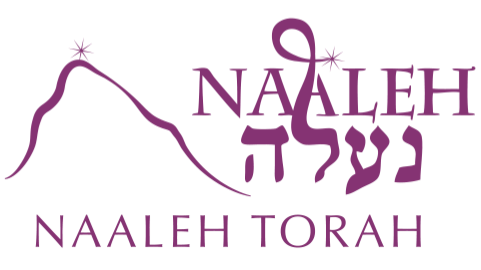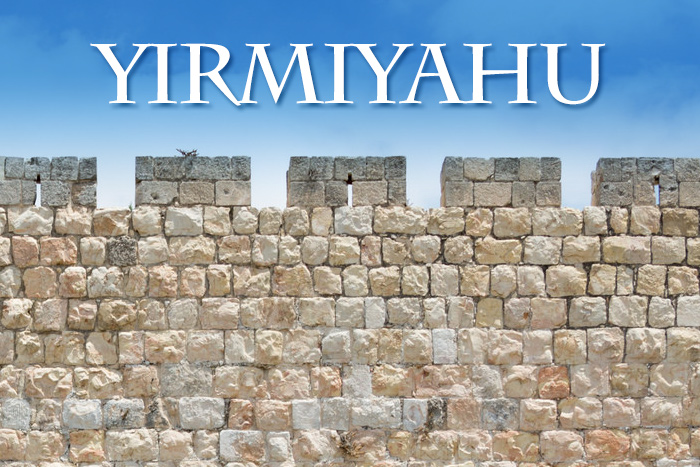Perek 31, Part 3
Posted onIn this Torah shiur (class) on Yirmiyahu, Rabbi Avishai David completes his analysis of chapter 31, with a discussion of the remarkable sacrifice of Rachel Imeinu and her subsequent reward, and the different exiles that the Jewish people experienced, according to the explanations of the Malbim, Rav Yisrael Salanter, Rav Shalom Shwadron, and Rav Chaim Soloveitchik.


